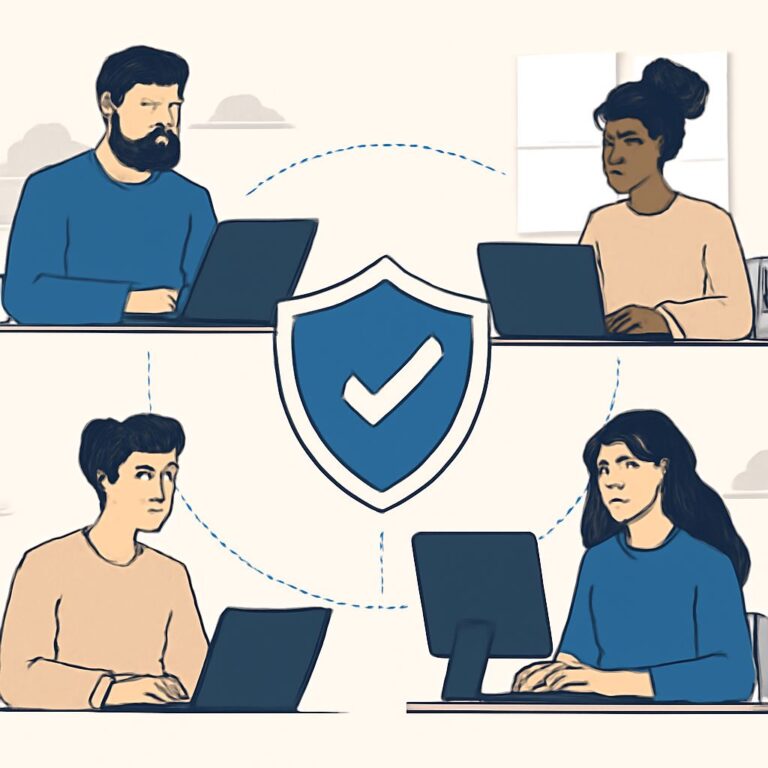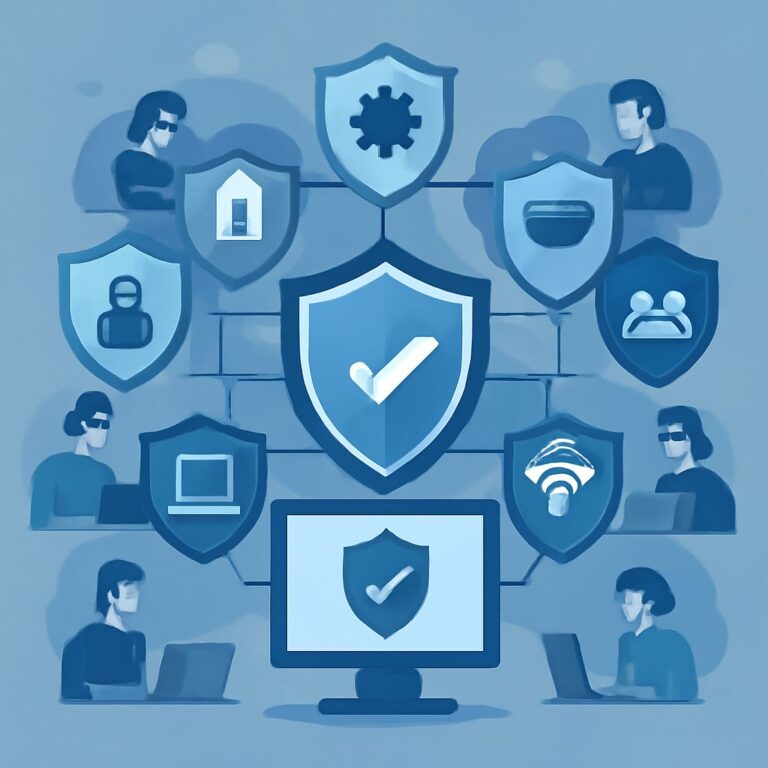In today’s digital age, protecting your business online is not just important; it’s essential. With the increasing frequency of cyber threats and data breaches, businesses of all sizes must prioritize their online security. Whether you’re a small startup or a large corporation, the strategies you implement can make a significant difference in safeguarding your assets, data, and reputation. This article will delve into effective methods to enhance your online security posture, ensuring that your business remains resilient against potential threats.
Table of Contents
Understanding the Cybersecurity Landscape
The first step in protecting your business online is understanding the current cybersecurity landscape. The digital world is fraught with risks, including:
- Phishing attacks
- Malware and ransomware
- Data breaches
- Insider threats
- Distributed Denial of Service (DDoS) attacks
Each of these threats poses unique challenges, and recognizing them will help you develop a robust defense strategy.
Building a Strong Cybersecurity Framework
To effectively protect your business online, you’ll need to establish a strong cybersecurity framework. Here are key components to consider:
1. Risk Assessment
Begin by conducting a comprehensive risk assessment to identify vulnerabilities within your infrastructure. This process involves:
- Identifying critical assets and data
- Evaluating potential threats and vulnerabilities
- Determining the impact of potential attacks
- Prioritizing security measures based on risk levels
2. Implement Strong Password Policies
Passwords are the first line of defense against unauthorized access. Implement the following practices:
- Enforce strong, complex passwords that include a mix of letters, numbers, and symbols.
- Encourage regular password updates and avoid reusing old passwords.
- Utilize password managers to securely store and generate passwords.
3. Use Multi-Factor Authentication (MFA)
MFA adds an additional layer of security by requiring users to provide two or more verification factors. Common forms of MFA include:
- Something you know (password)
- Something you have (a mobile device or hardware token)
- Something you are (biometric verification)
Enhancing Data Protection
Data is a valuable asset for any business, and protecting it should be a top priority. Here are strategies to enhance data protection:
1. Data Encryption
Implementing encryption is crucial for safeguarding sensitive information. Encrypt data both in transit and at rest to protect it from unauthorized access.
2. Regular Backups
Regularly back up your data to mitigate the effects of data loss or ransomware attacks. Consider the following backup strategies:
| Backup Type | Description |
|---|---|
| Full Backup | A complete backup of all data. |
| Incremental Backup | Backs up only the data that has changed since the last backup. |
| Differential Backup | Backs up all changes made since the last full backup. |
3. Secure Your Network
A secure network is vital for protecting your business from cyber threats. Implement the following measures:
- Use firewalls to monitor and control incoming and outgoing network traffic.
- Employ Virtual Private Networks (VPNs) for secure remote access.
- Regularly update routers and network devices to protect against vulnerabilities.
Employee Training and Awareness
Your employees are your first line of defense against cyber threats. Invest in training programs to raise awareness about cybersecurity best practices:
1. Conduct Regular Training Sessions
Regular training sessions can help employees recognize common threats, such as phishing attempts. Topics to cover include:
- Identifying suspicious emails and links
- Best practices for password management
- Data protection policies
2. Simulate Phishing Attacks
Conduct simulated phishing attacks to test employees’ awareness and response. This exercise can help identify vulnerabilities and reinforce training.
Compliance and Legal Considerations
Understanding compliance requirements is essential for businesses, especially those handling sensitive data. Different regulations may apply based on your industry and location:
- General Data Protection Regulation (GDPR)
- Health Insurance Portability and Accountability Act (HIPAA)
- Payment Card Industry Data Security Standard (PCI DSS)
Ensure your business complies with relevant regulations to minimize legal risks and liability in case of a breach.
Incident Response Planning
Despite your best efforts, a security incident may still occur. Having an incident response plan in place can help you respond effectively:
1. Develop a Response Team
Establish an incident response team comprising IT personnel, legal advisors, and communication specialists. This team will spearhead your response efforts.
2. Create a Response Plan
Your response plan should include:
- Steps for identifying and containing the breach
- Procedures for notifying affected parties
- Post-incident analysis to improve future responses
Continuous Monitoring and Improvement
Cybersecurity is not a one-time effort but requires continuous monitoring and improvement:
1. Regular Security Audits
Conduct regular security audits to assess your cybersecurity measures and identify areas for improvement. Engage third-party experts for an unbiased evaluation.
2. Stay Updated on Threats
Stay informed about the latest cybersecurity threats and trends. Follow industry blogs, subscribe to security newsletters, and participate in webinars to keep your knowledge up-to-date.
Conclusion
Protecting your business online is a multifaceted effort that requires a strategic approach. By understanding the landscape, implementing robust security measures, and fostering a culture of awareness among employees, you can significantly reduce your risk of cyber threats. Remember that cybersecurity is an ongoing process, and staying vigilant and proactive is key to your business’s success in the digital world.
FAQ
What are the best practices for protecting my business online?
Implement strong passwords, use two-factor authentication, regularly update software, and conduct employee training on cybersecurity.
How can I secure my business website?
Utilize HTTPS, keep your content management system updated, and use a web application firewall to protect against attacks.
What should I do if my business experiences a cyberattack?
Immediately isolate affected systems, gather evidence, notify stakeholders, and contact law enforcement if necessary.
How can I protect sensitive customer data?
Use encryption, limit access to data, and ensure compliance with data protection regulations such as GDPR.
What role does employee training play in online business security?
Regular training helps employees recognize phishing attempts and understand safe online practices, reducing the risk of human error.
Should I invest in cybersecurity insurance for my business?
Yes, cybersecurity insurance can provide financial protection against potential losses from data breaches and cyberattacks.









